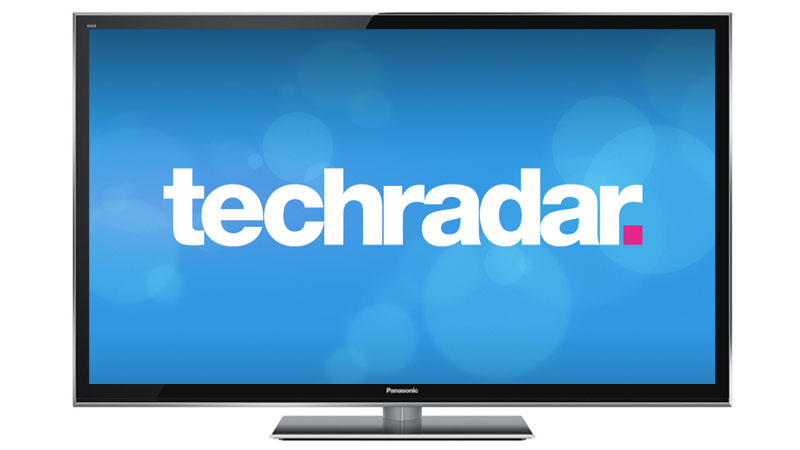Why you can trust TechRadar
Usability
Probably the nicest, friendliest aspect of the Panasonic TX-P50VT50's user interface comes when you change channel on the Freeview or Freesat electronic programme guides; the page graphically lifts and turns, as if were a page of a book.
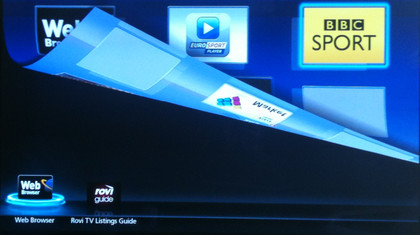
We genuinely like the idea of a touch-sensitive remote control, but the touchpad included with the Panasonic TX-P50VT50 isn't particularly easy to get along with, because it's not sensitive enough.

The smartphone app (we used the iPhone version, though an Android app is also available) is far easier to operate.
Not least because it also indulges in 'pushing' photos and videos to the TV from a phone's photo library (a process that takes a few seconds to actually happen, but is impressive nonetheless).
As a high-end plasma TV designed for home cinemas, it won't come as any surprise that the Panasonic TX-P50VT50 can be endlessly calibrated.
Its advanced picture menus stretch to white balance, gamma and a full colour management suite (complete with two ISF professional spaces to save changes).
But the pre-calibrated presets will suit most; THX Cinema once again rules the roost for watching movies in a blackout, though the THX Bright Room preset is also worth trying for watching TV in the daytime.
That dual-core processor makes skipping around Viera Connect a dream, and enables up to six apps to run concurrently - you can even make Skype video calls while watching TV.
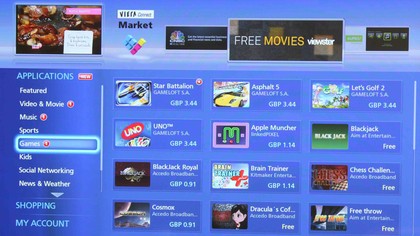
But we won't over-estimate the usefulness of this feature; in essence, that dual core makes the whole system merely work adequately.
You can see which apps are running by pressing the Viera Tools button while the Viera Connect page is on the screen; the latter peels back to reveal the app icons, which can then be scrolled to. We found this out by mistake, so it could be clearer, but graphically it's excellent.
Not so the eight-day electronic programme guide, which stuffs schedule information for eight channels over two hours on a single page, but lacks both a thumbnail and audio from the current live TV channel. Oh, the horror.
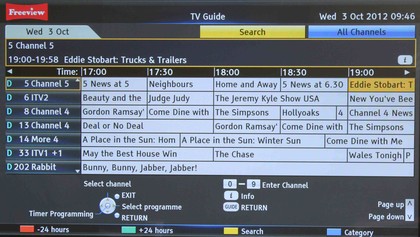
The Panasonic TX-P50VT50's interface isn't a complete failure, though. It makes the TV easy to understand and use, and there's an interactive app ready to replace the built-in EPG - Rovi - that can be used while other apps are running.
However, using the Media Player software to fetch and play back digital files is indicative of the entire core user interface.
It's a clunky, far too manual experience that lacks the visual and organisational niceties of other brand's efforts - particularly LG's SmartShare.
Sound
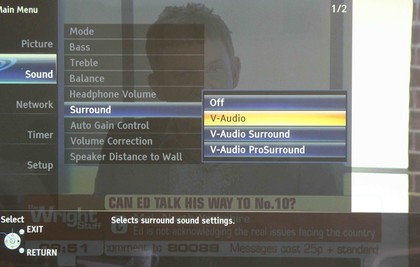
The Panasonic TX-P50VT50's stereo speakers and small woofer do try their best, but the built-in audio never matches up to the on-screen awesomeness.
During Shutter Island, the simple presets for Music and Speech proved very limiting, while the fancy-sounding V-Audio ProSurround reduces the volume and presence in the audio mix of dialogue. It's best to stick to the standard V-Audio or the slightly wider V-Audio Surround.
Although we didn't experience much in the way of surround effects during Hugo, the TV manages to correctly isolate a ticking clock. There's also a voice guidance feature.
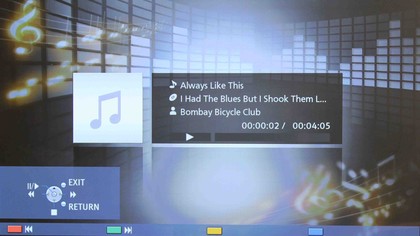
Value
If money was no object, and you could spare the £1,799 (around AU$2,812/US$2,882) asking price, we'd be ordering you all to get hold of the Panasonic TX-P50VT50 before sunset. But given that there are much cheaper - and almost as good - 3D plasmas in the Panasonic stable, we're not so sure.
If you can live without black level perfection and 3D specs, the 50-inch Panasonic TX-P50ST50 is hardly a massive step down.
That said, the Panasonic TX-P50VT50 is a tremendous accomplishment that's not matched even closely by the only other two makers of plasma panels left standing, LG and Samsung, whose efforts tend to be more affordable and lacking significant black level-boosting filters.
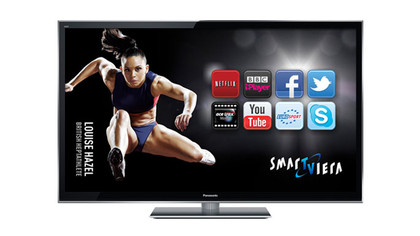
Judged purely on 3D specs, Panasonic has done well to get the price of these down, though the newly Bluetooth-fueled TY-ER3D4ME (£50/AU$100/US$56) and TY-EW3D3ME (£80/AU$120/US$60) 3D glasses that can be used with the Panasonic TX-P50VT50 are hardly cheap.
So too the add-on Skype camera, the TY-CC20W, which costs around £100/AU$120/US$95. Like the 3D specs, it can be purchased either online from Panasonic or from a shopping area on Viera Connect.
Jamie is a freelance tech, travel and space journalist based in the UK. He’s been writing regularly for Techradar since it was launched in 2008 and also writes regularly for Forbes, The Telegraph, the South China Morning Post, Sky & Telescope and the Sky At Night magazine as well as other Future titles T3, Digital Camera World, All About Space and Space.com. He also edits two of his own websites, TravGear.com and WhenIsTheNextEclipse.com that reflect his obsession with travel gear and solar eclipse travel. He is the author of A Stargazing Program For Beginners (Springer, 2015),
